Journal list menu
Export Citations
Download PDFs
Cover Picture
Cover Picture
- Page: 1097
- First Published: 15 April 2025
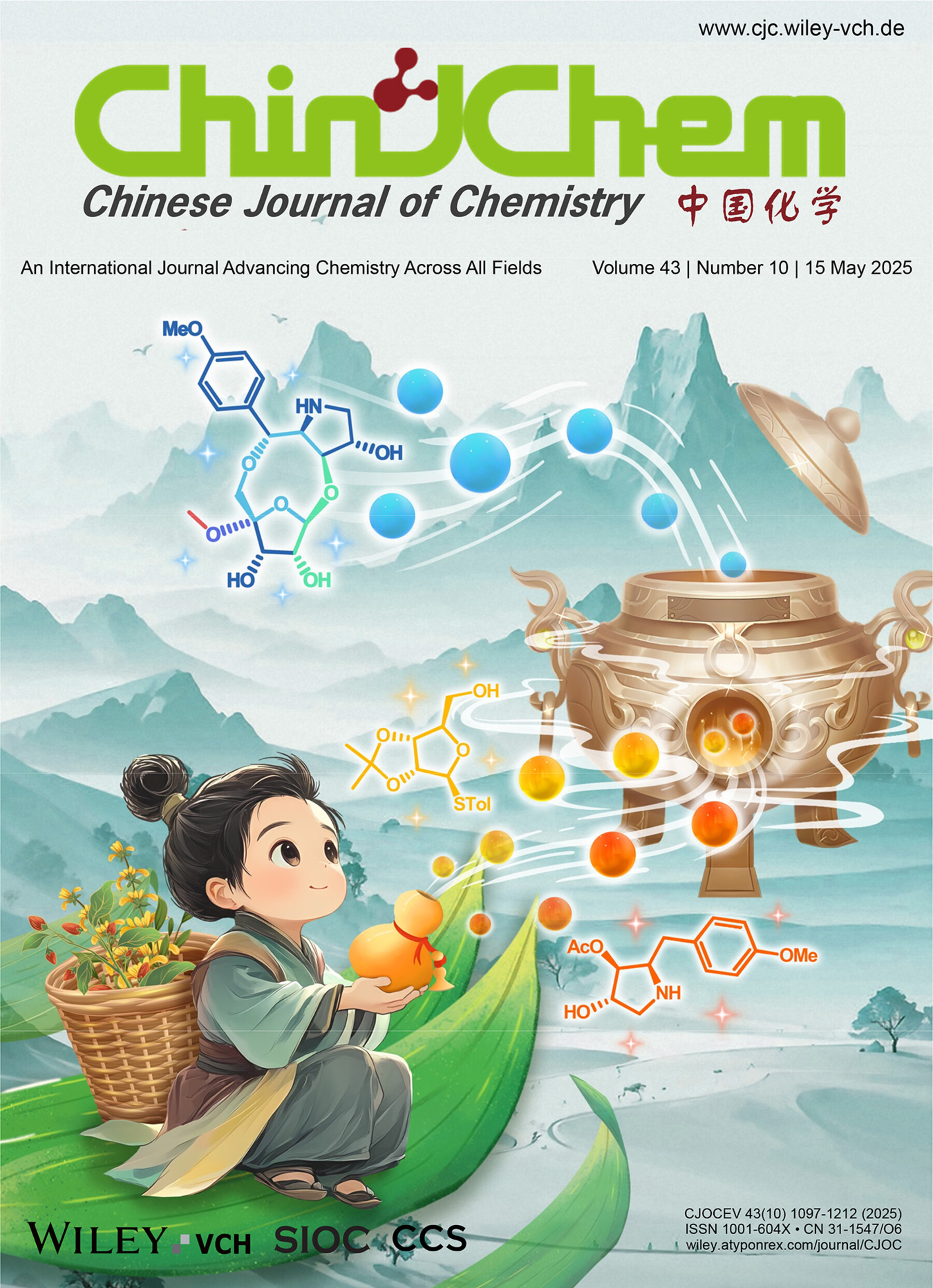
The modular synthesis of structurally unique dragocins A—C (1—3) and their analogues, characterized by an uncommon tri-oxa-tricyclic[6.2.1]undecane skeleton and the presence of a heteroatomic substituent at the C-4' position, has been successfully achieved using commercially available and inexpensive anisomycin and D-ribofuranosyl thioglycoside derivative as the starting materials. The construction of the tri-oxa-tricyclic[6.2.1]undecane moiety involved the stereoselective formation of the β-ribofuranosidic bond and DDQ-promoted intramolecular cross-dehydrogenative etherification. Additionally, the equipment of a chlorine atom and a methoxy group at the tertiary C-4' position was accomplished through a silver-catalyzed radical decarboxylative chlorination reaction and an electrophilic etherification reaction of the enol intermediate. The cytotoxicity assessment indicated that demethyl dragocin A (28), the N-demethylated derivative of dragocin A, may serve as a promising anticancer candidate. More details are discussed in the article by Li et al. on pages 1107—1113.
Inside Cover Picture
Inside Cover Picture
- Page: 1098
- First Published: 15 April 2025
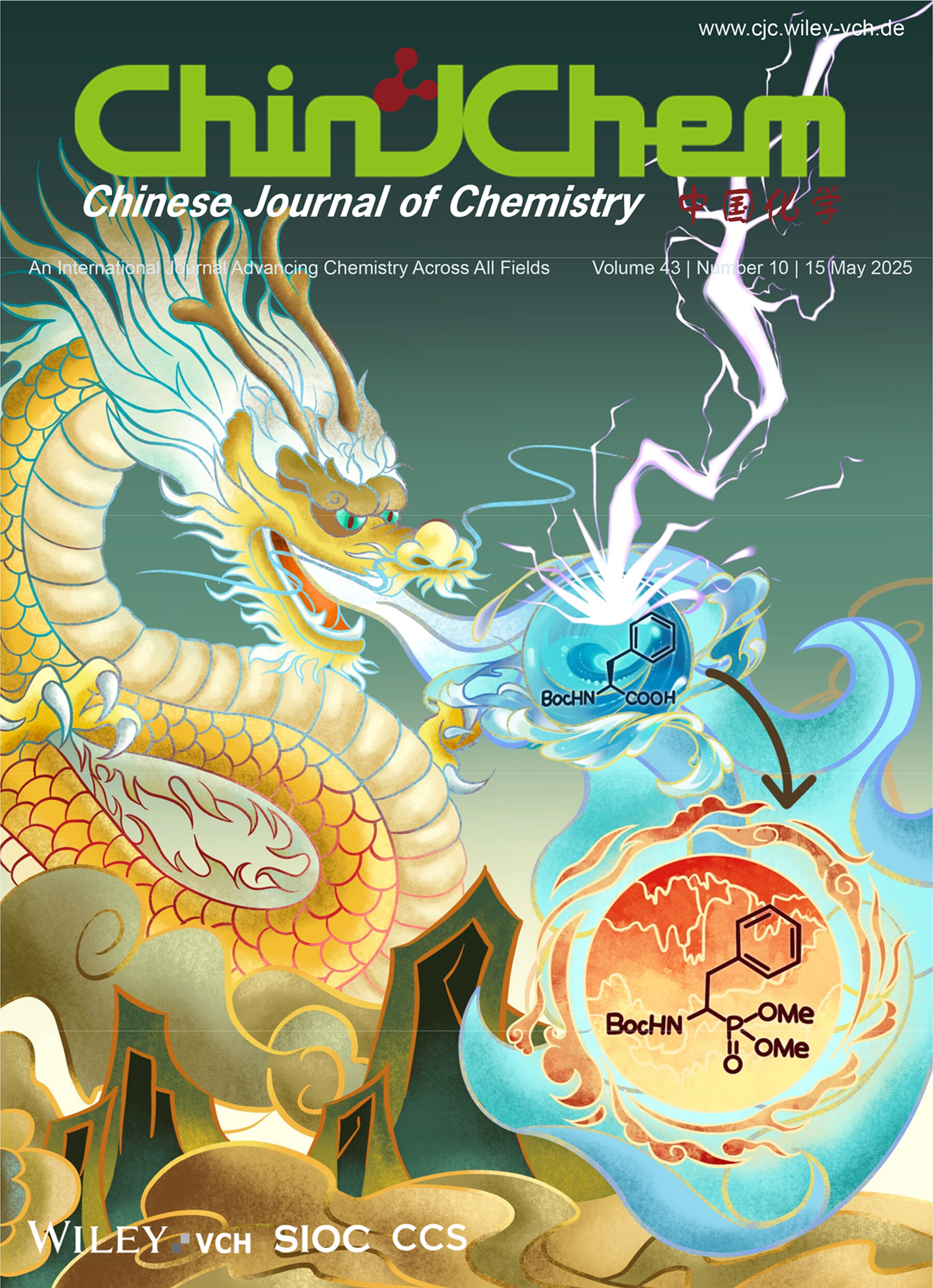
An electrochemical method is developed for the direct decarboxylative phosphorylation of α-amino acids to α-amino phosphonates using continuous-flow electrochemistry. The method eliminates the need for strong oxidants and multi-step processes, offering a straightforward and scalable approach. Key to its success is the establishment of a microenvironment on the anode surface in acidic conditions, facilitating selective decarboxylation and C—P bond formation. More details are discussed in the article by Xu et al. on pages 1167—1172.
Contents
Concise Report
Modular Synthesis and Cytotoxicity Evaluation of Dragocins A—C and Their Analogues: Discovery of a Potential Anticancer Agent
- Pages: 1107-1113
- First Published: 11 February 2025
A General Approach for Fluoroalkylation of O-Nucleophiles with Monofluoroalkylated Sulfonium Ylides
- Pages: 1114-1120
- First Published: 19 February 2025
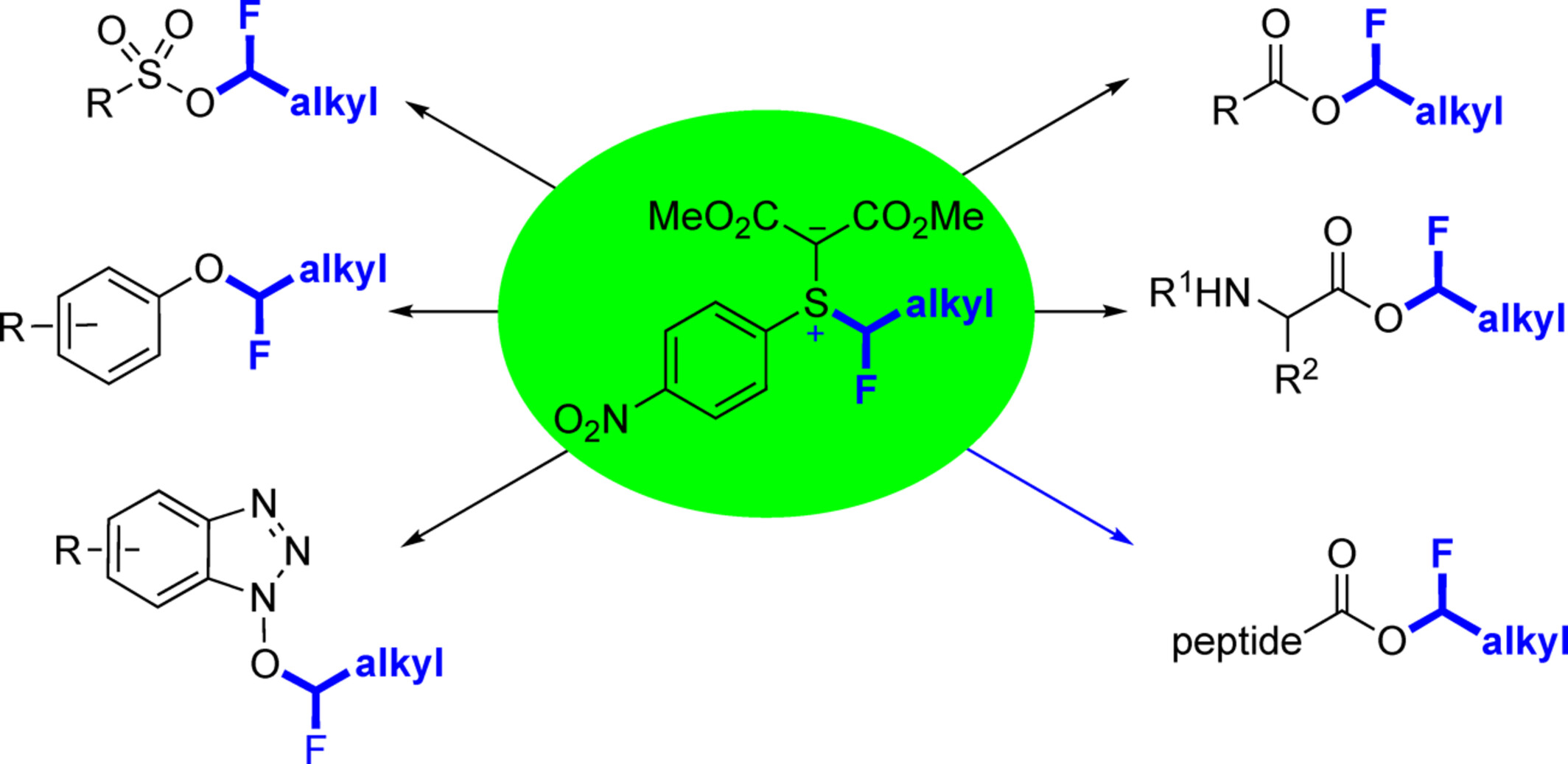
A series of shelf-stable monofluoroalkylated sulfonium ylide reagents was developed, providing a robust approach for the preparation of monofluoroalkylated ethers, sulfonates, and esters with a variety of O-nucleophiles including phenols, sulfonic acids, carboxylic acids,1-hydroxy-benzotrizoles and amino acids in good to excellent yields. Further expansion of monofluoroalkylation of C-terminus of peptides potentially provided modified drug-like peptides.
Nickel-Cobalt Bimetallic Strategy Enables Regioselective C8–H Alkylation of Polyaromatics with Inert Alkyl Chlorides
- Pages: 1121-1128
- First Published: 11 February 2025

This work reports an unappreciated C(sp2)−C(sp3) construction on the polyaromatic rings involving [Ni]/[Co] bimetallic C−H alkylation strategy. In this protocol, a cobalt-catalyzed homolysis of alkyl chlorides is responsible for the radical generation, while a Ni(II)→Ni(III)→Ni(I) cycle enables the C8−H insertion of alkyl radicals to the polyaromatics. Good functional group tolerance and potential product diversification promote the late stage functionalization on complex bioactive molecules.
Energy Transfer-Mediated, Triplet Excited State Proton Transfer-Enabled Dearomatization of Indole Derivatives with Amide Functionalities
- Pages: 1129-1134
- First Published: 24 February 2025

This research introduces a visible-light photocatalytic strategy for the dearomatization of indole derivatives containing amide groups, yielding spiroindolines with high diastereoselectivity (> 20 : 1). The process is driven by energy transfer, enabling the activation of amide functionalities through triplet excited-state intramolecular proton transfer (T-ESPT). Density Functional Theory (DFT) calculations reveal key π-π stacking interactions between the indole core and pyridine ring, as well as enhanced hydrogen bonding between pyridine nitrogen and hexafluoroisopropanol (HFIP) in the triplet excited state, facilitating this transformation. The method offers a new avenue for dearomative reactions involving amide groups.
Palladium-Catalyzed Carbonylation of ortho-Alkenyl Iodobenzenes for the Construction of 3-Arylindenones
- Pages: 1135-1140
- First Published: 14 February 2025

We developed a novel Pd-catalyzed carbonylation of ortho-alkenyl iodobenzenes with CO, affording a diverse array of 3-arylindenones in good to excellent yields (up to 94% yield). This methodology exhibits broad substrate scope and good functional group compatibility. The synthetic utility was demonstrated by a gram-scale reaction, diverse product derivatizations, and the preparation of an intermediate for a PPARγ agonist.
Self-assembled Metal−Organic Framework Microspheres for Thermodynamic−Kinetic Synergistic Separation of Propylene and Propane
- Pages: 1141-1147
- First Published: 17 March 2025

The self-assembly phenomenon of KAUST-7 crystals was observed under different synthetic routes. The adsorption capacity of C3H6 on KAUST-7-MS was 53% higher than that of KAUST-7. It concurrently combines an excellent C3H6/C3H8 uptake ratio of 3.1 and kinetic selectivity (96.5) for C3H6/C3H8 separation with an equilibrium-kinetic combined selectivity of 42.5.
Weak Absorptive Component Boosts Exciton Dissociation in Indoor Organic Photovoltaics
- Pages: 1148-1154
- First Published: 19 February 2025
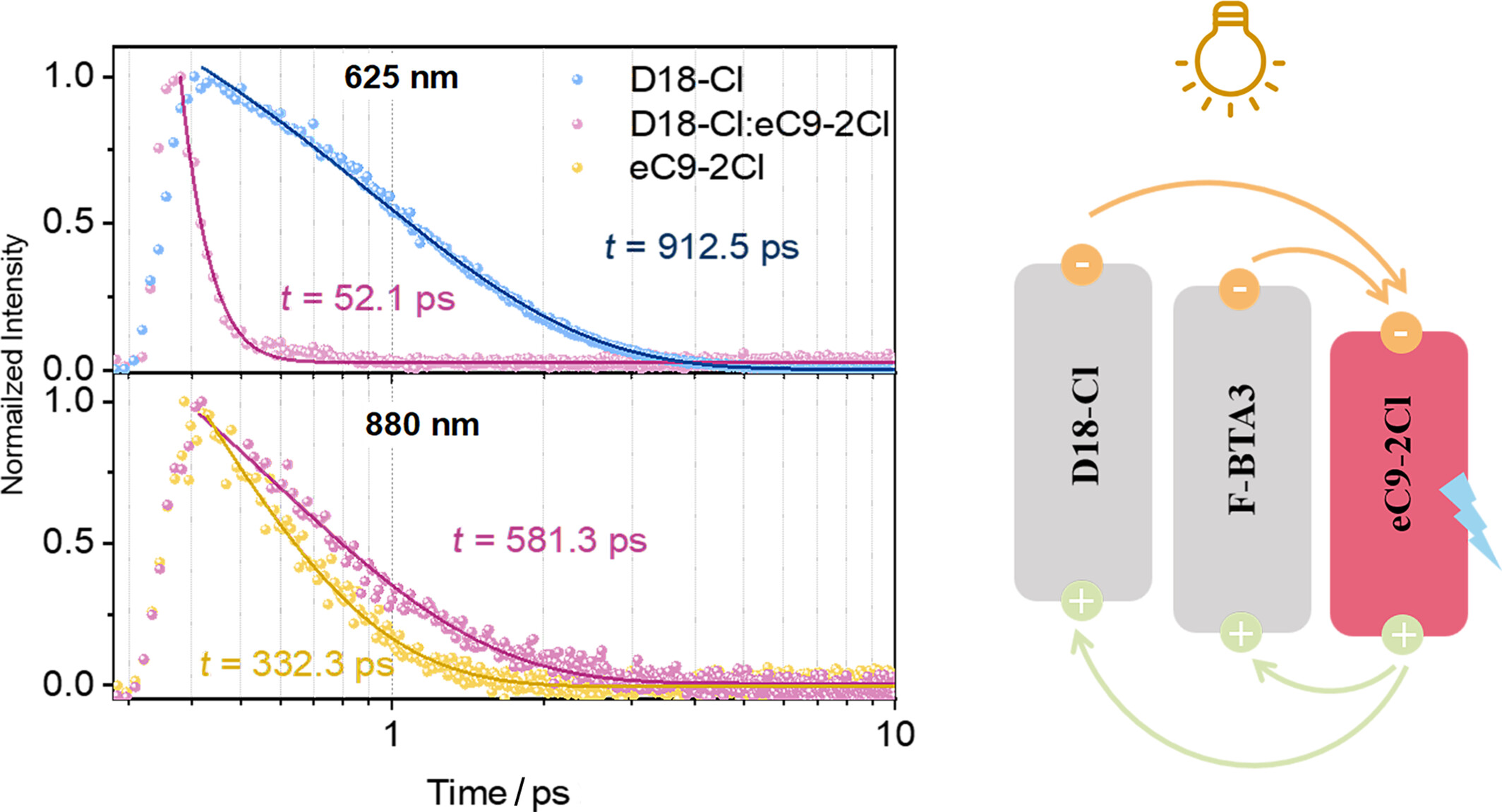
The strategic incorporation of eC9-2Cl as a weak absorptive third component into the D18-Cl:F-BTA3 system of indoor organic photovoltaic (OPV) cells markedly influences energy transfer and exciton dissociation, pivotal processes for OPV performance. This advancement addresses the challenges of indoor light harvesting and sets a new benchmark for high-performance indoor OPV design.
Selective Synthesis of Bromo-substituted 2H-Pyrroles and 3H-Pyrroles via Three-Component Cascade Annulation of 1,3-Enynes, NBS and TMSN3
- Pages: 1155-1160
- First Published: 19 February 2025
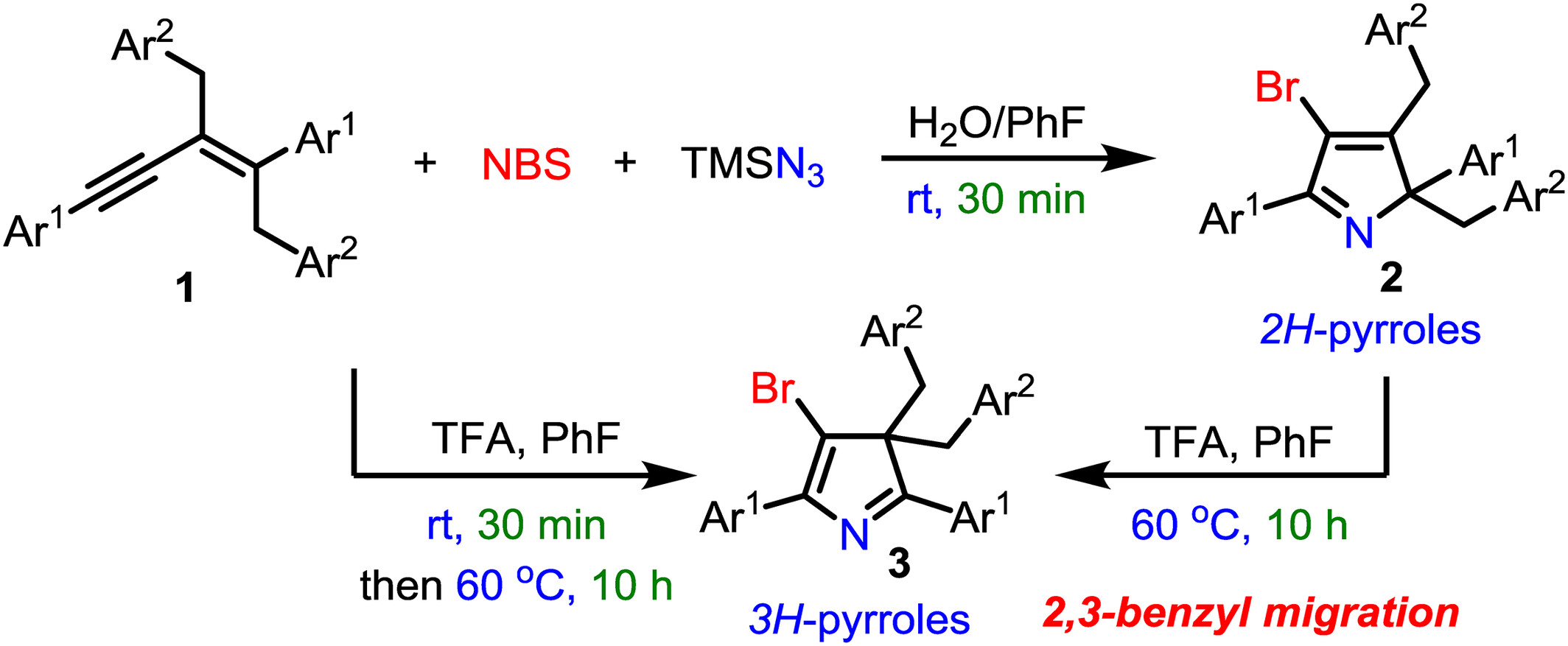
A novel and efficient method for selective synthesis of bromo-substituted 2H-pyrroles and 3H-pyrroles has been achieved from 1,3-enynes, NBS and TMSN3 via H2O-promoted cyclization reactions or TFA-catalyzed cyclization/2,3-shift reactions, providing a range of structurally diverse products in moderate to good yields under mild conditions.
A Tandem Route toward Isoxazolidine Fused Phospholene Skeleton Involving Dearomative [3+2] Cycloaddition of P-Heteroarenes and Nitrones
- Pages: 1161-1166
- First Published: 19 February 2025
![A Tandem Route toward Isoxazolidine Fused Phospholene Skeleton Involving Dearomative [3+2] Cycloaddition of P-Heteroarenes and Nitrones](/cms/asset/b51f1a24-13dd-49d4-9106-09f3a48fde03/cjoc202401319-toc-0001-m.jpg)
We have developed a tandem approach that assembles simple β-chloroethylphosphane, alkynyl imines (or alkynyl ketones), and nitrones into structurally complex isoxazolidine fused phospholene scaffolds through a sequential process involving phospha-Michael addition, intramolecular cyclization and dearomative [3+2] cycloaddition reactions.
Direct Decarboxylative Phosphorylation of α-Amino Acids via Continous-Flow Electrochemistry
- Pages: 1167-1172
- First Published: 24 February 2025
Selective Recognition of Nucleoside Triphosphates in Water by Tetraphenylethene-Based Tetraimidazolium Cyclophanes
- Pages: 1173-1180
- First Published: 20 February 2025
A Divergent Synthesis of Spiroindenes via Ligand-Controlled [3+2]/[4+2] Cycloadditions of Zwitterionic π-Propargyl Palladium Species with Benzofulvenes
- Pages: 1181-1189
- First Published: 05 March 2025
![A Divergent Synthesis of Spiroindenes via Ligand-Controlled [3+2]/[4+2] Cycloadditions of Zwitterionic π-Propargyl Palladium Species with Benzofulvenes](/cms/asset/f2d96f23-d16e-446a-98c5-2a0826c2b091/cjoc202401301-toc-0001-m.jpg)
The ligand-controlled [3+2]/[4+2] cycloadditions between zwitterionic π-propargyl palladium species originated from vinylidenecyclopropane-diesters with benzofulvenes were demonstrated for a divergent synthesis of spiroindenes. Moderate to excellent yields along with good functional group compatibility and a broad substrate scope were achieved.
Probing the Structure and Dynamics of the [NH4]M(HCO2)3 Ferroelectric Phases: Dielectric Relaxation through Orientational Disorder
- Pages: 1190-1198
- First Published: 08 March 2025
Comprehensive Report
Computation-Guided Regulation of Thiophene-Based Covalent Organic Frameworks for Boosting Photocatalytic Hydrogen Evolution
- Pages: 1199-1207
- First Published: 21 February 2025
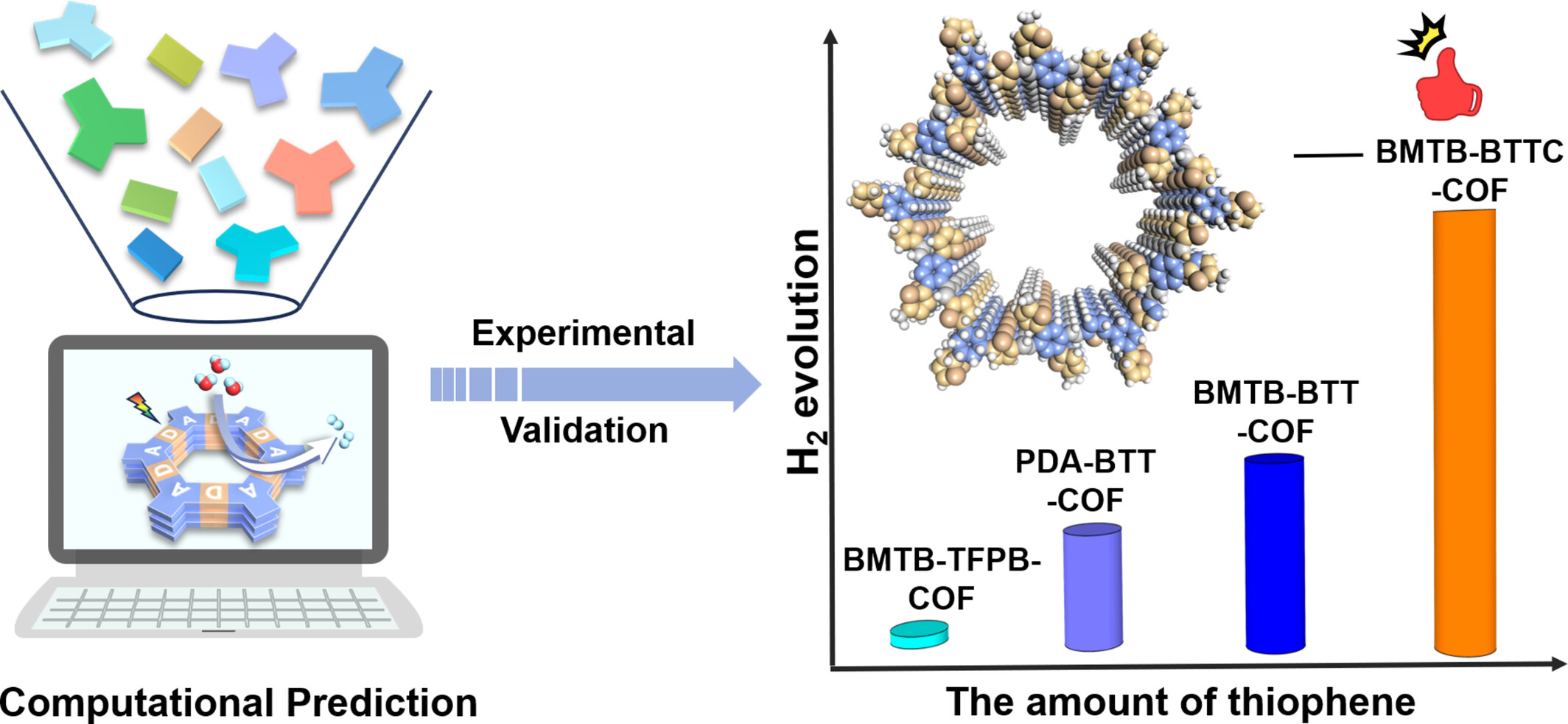
The optoelectronic properties of COFs can be predicted by theoretical calculation. With the computational prediction, the thiophene-based D-A COFs with the best photocatalytic hydrogen production can be readily prepared and experimentally validated. We have demonstrated here a time- and cost-saving approach for rational design of COFs with desired properties.
Inside Back Cover
Inside Back Cover
- Page: 1211
- First Published: 15 April 2025
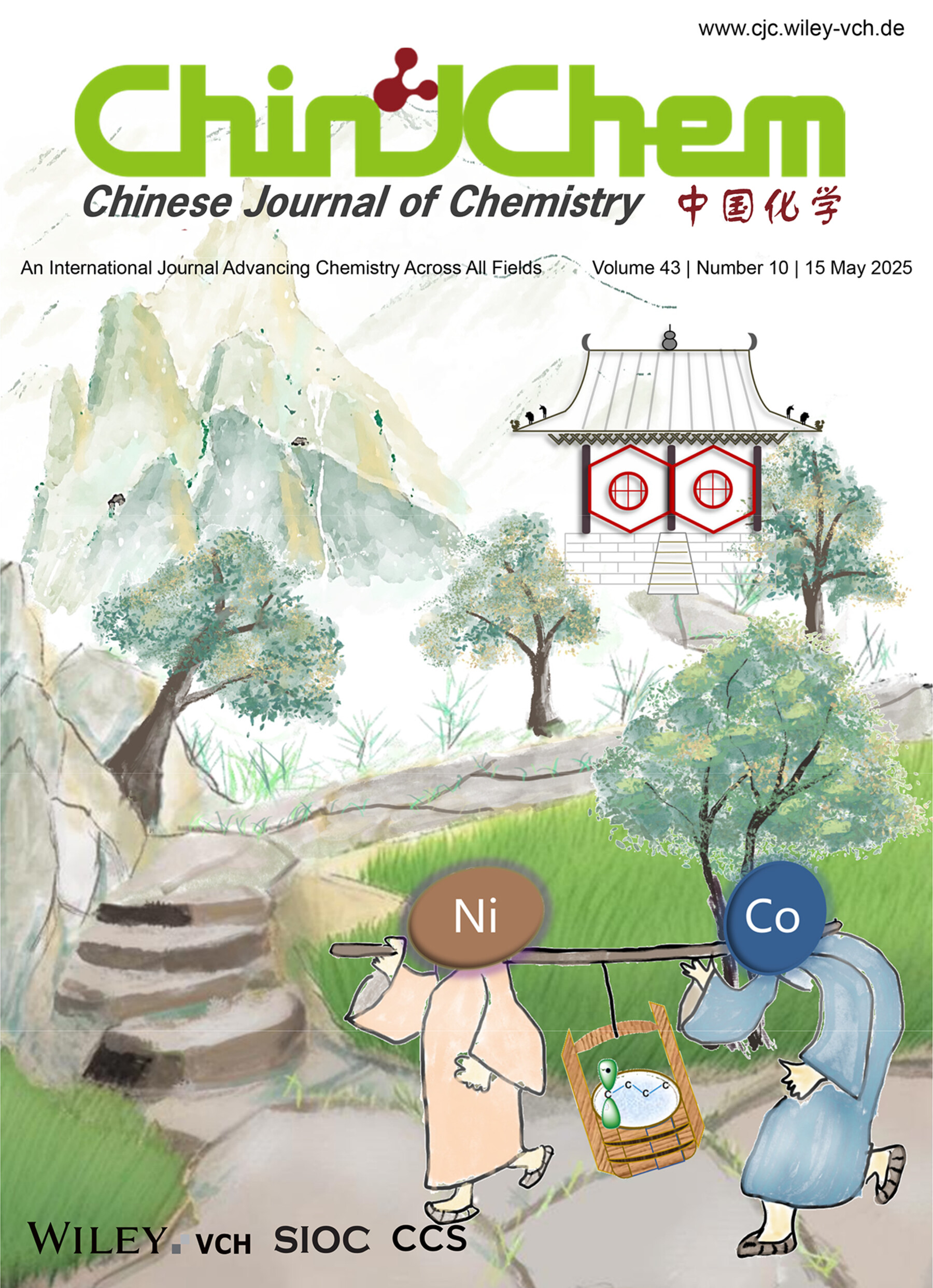
A regioselective C8−H alkylation strategy with inert alkyl chloride on polyaromatics has been reported. Inexpensive transition metals nickel and cobalt enable access to various C8-substituted polyaromatic products with good yields, suggesting a potential late-stage functionalization of naphthalene-based natural products and bioactive molecules. In the two-phase mechanism, cobalt is responsible for radical generation, and nickel undergoes the C8−H insertion. More details are discussed in the article by Zhang and Mao et al. on pages 1121—1128.
Back Cover
Back Cover
- Page: 1212
- First Published: 15 April 2025
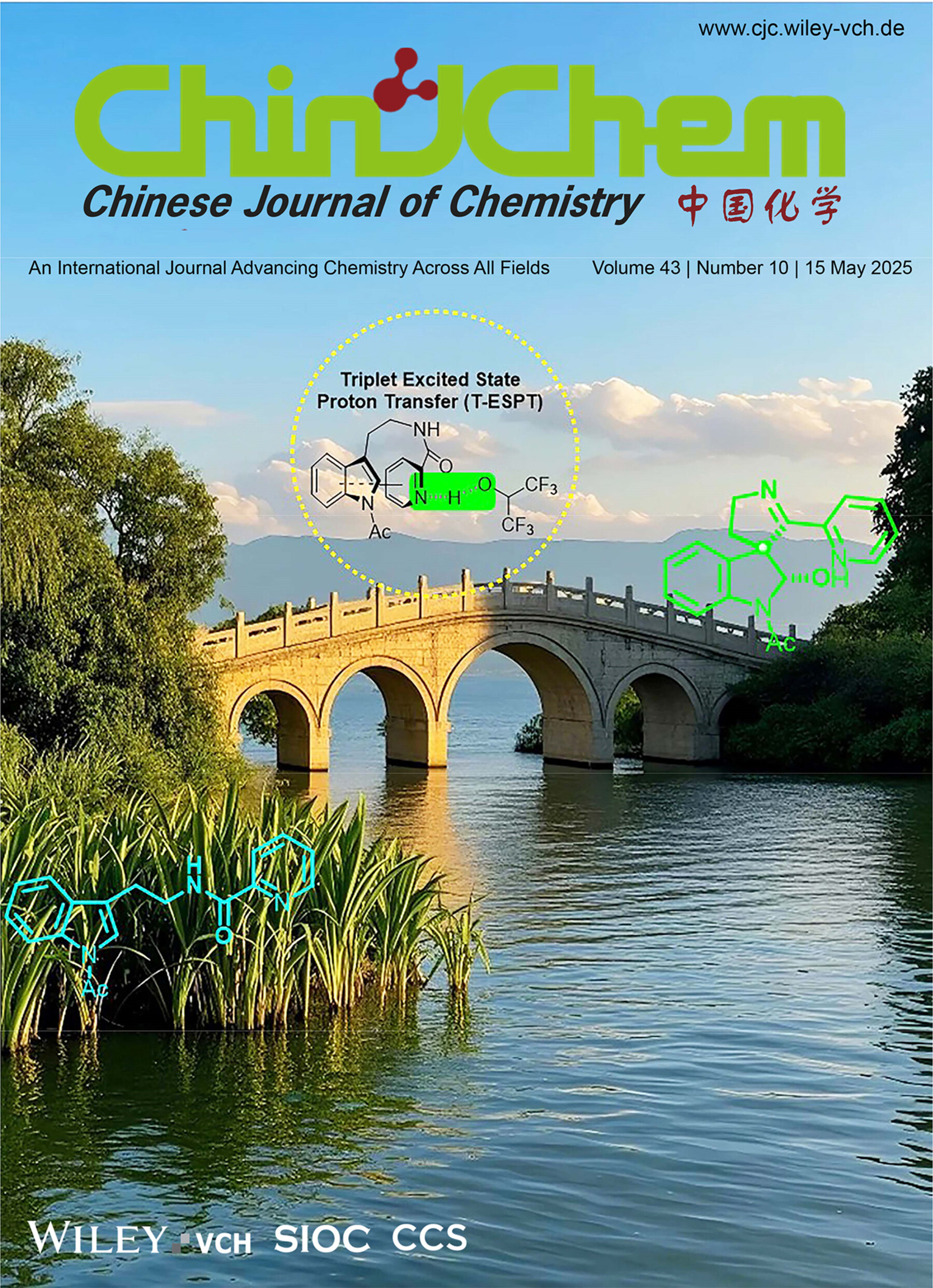
This study presents an approach for the visible-light photocatalytic intramolecular dearomatization of indole derivatives containing amide groups. By harnessing energy transfer, the method enables the formation of hydroxyl-substituted spiroindolines under mild conditions, achieving high diastereoselectivity and moderate to high yields. Mechanistic investigations reveal that the reaction proceeds through a triplet excited state intermolecular proton transfer (T-ESPT) enabled by energy transfer. More details are discussed in the article by Fu et al. on pages 1129—1134.




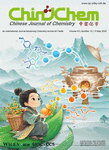


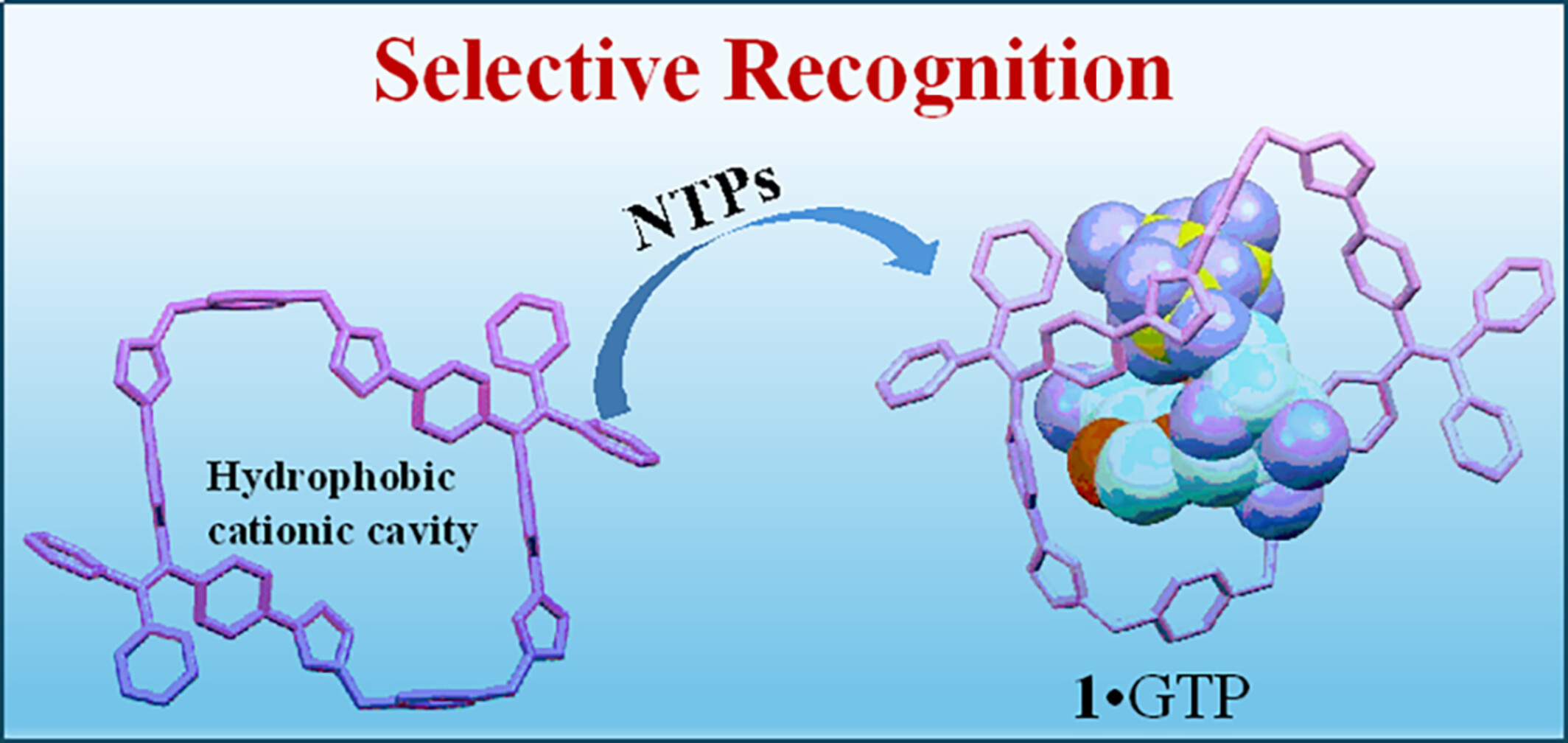
![Probing the Structure and Dynamics of the [NH4]M(HCO2)3 Ferroelectric Phases: Dielectric Relaxation through Orientational Disorder†](/cms/asset/06470784-76f9-4e0d-9215-ff04de1bac2b/cjoc202401192-toc-0001-m.jpg)




